The venom of snakes, scorpions, lizards, and bees can be deadly, but it can also be used as a medical treatment. If you’re interested, join KnowAllAnimals as we explore Venom Used in Medicine and discover 8 Deadly Creatures Helping to Save Lives in the following article.
1. Venom Used in Medicine: 8 Deadly Creatures Helping to Save Lives
Since ancient times, people have known that animals like snakes and scorpions possess potent venom that can be fatal to humans in just a few minutes. However, venom is essentially a chemical substance, and while it can be lethally dangerous in nature, some venoms can become valuable medicines and aid in treating diseases.
1.1. Snake
According to Medical News Today, when it comes to venom, one cannot help but mention snakes. Snake venom is perhaps the symbol of animal venom in general, both for its danger and its use in medicine. In many cases, using snake venom is the best way to save the very people who have been bitten.
In the 1960s, Malaysian doctor Hugh Alistair Reid made a breakthrough when he discovered the medicinal uses of snake venom. This discovery was published in Toxicon, the official journal of the International Society on Toxinology. It helped Reid and other scientists further explore and research the use of snake venom in medicine.
Additionally, many studies have shown that the venom of the Indian Cobra can help patients with arthritis. This is one of the most common venomous snakes in Southeast Asia. Experiments on mice with arthritis showed that a small dose of cobra venom helped to significantly reduce joint swelling and stiffness. This snake’s venom inhibits the breakdown of collagen in the joints that leads to joint damage.

1.2. Scorpion
Scientists are researching scorpion venom for cancer treatments. The toxins in scorpion venom are believed to be able to shrink and slow the growth of tumors. According to the National Foundation for Cancer Research, scientists can use important compounds in scorpion venom to target cancer cells without affecting healthy cells. This discovery could lead to a major breakthrough in treating one of the most dangerous forms of brain cancer: glioblastoma multiforme (GBM).
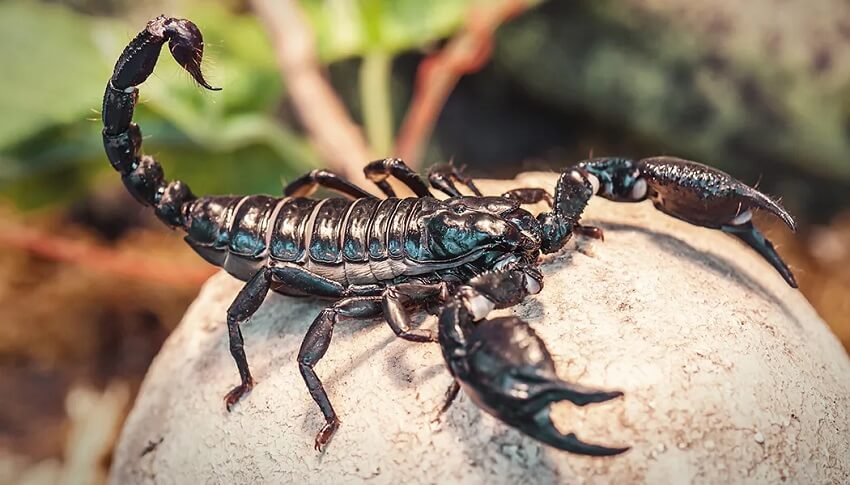
1.3. Bee
According to National Geographic, many people do not know that bees have a very potent venom that can even be deadly. However, people have been studying the medicinal properties of bee venom for over 5,000 years. Recent science has provided more evidence about this powerful natural medicine.
Bee Venom Therapy (BVT) has been shown to be beneficial for the immune system when used correctly. This therapy is becoming increasingly popular in treating various diseases, including arthritis, Lyme disease, eczema, and asthma.
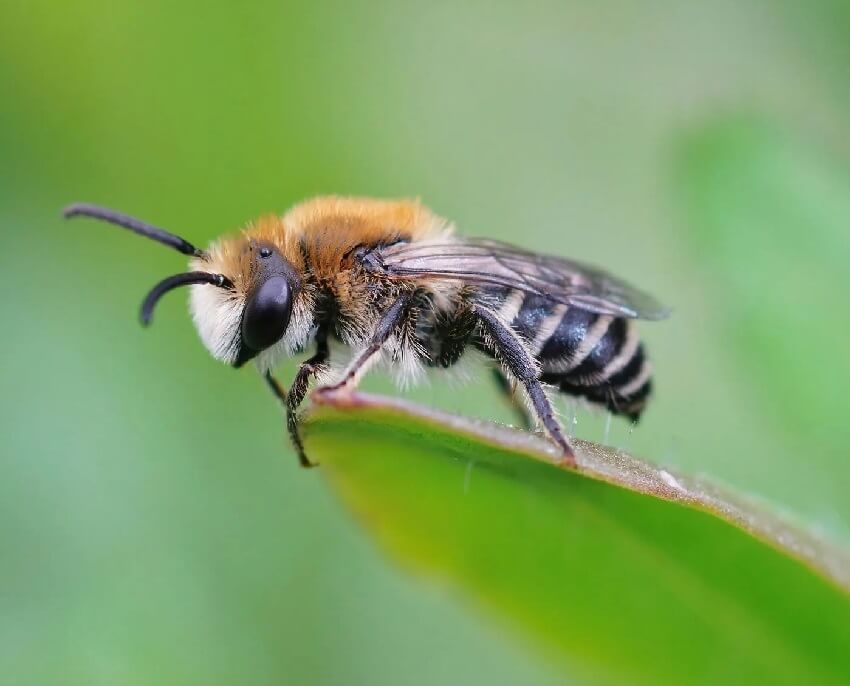
1.4. Spider
Spider venom has been proven to have pain-relieving, anti-cancer, and anti-muscular dystrophy properties, particularly the venom from the black widow spider.
A study published in the journal of the National Academy of Sciences of the United States showed that venom from Australia’s deadly funnel-web spider could prevent brain damage from a stroke. Meanwhile, another study conducted by the University of Queensland (Australia) confirmed that certain components in tarantula venom could be used as a non-addictive alternative to opioid painkillers, which would be beneficial for people who take chronic pain medication.

1.5. Cone Snail
Most snails are harmless, but the cone snail is an exception. They are one of the most venomous animals in the world. Cone snails typically live in coral reefs in the Indo-Pacific region. Just a tiny amount of their venom can kill an adult man in minutes.
However, this type of venom is said to be hundreds of times more potent than morphine. Scientists are still trying to find the best way to extract, formulate, and use it in medicine.
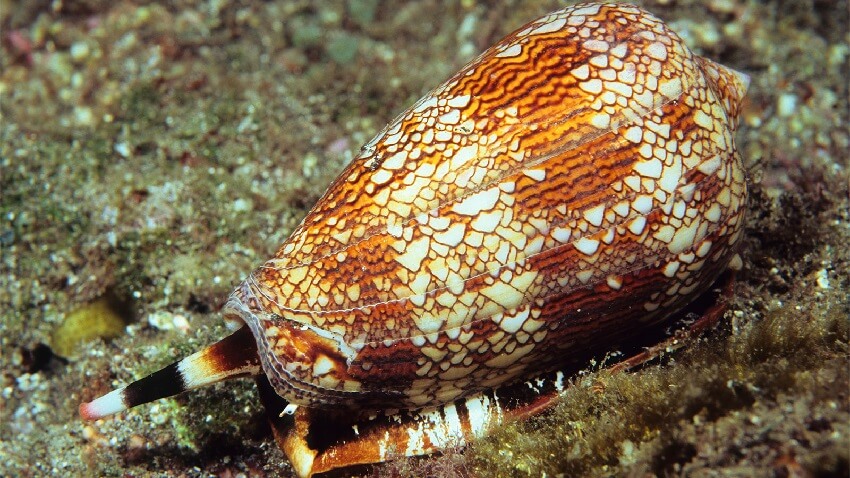
1.6. Lizard
One of the first breakthroughs in the medical research of animal venom occurred in the early 1990s. At that time, researchers discovered something interesting about the venom of the “Gila monster,” a large, colorful lizard native to the southwestern U.S.
Scientists found that a potent hormone in the Gila monster’s venom could stimulate insulin production, a compound necessary for controlling blood sugar and preventing diabetes. This hormone is similar to a hormone in the human digestive system that helps regulate blood sugar, but it has a more prolonged effect.
Scientists produced a drug called Byetta, which was tested on patients with Type II diabetes and achieved incredible results. With just one injection an hour before a meal, Byetta could regulate blood sugar, reducing the risk of complications from diabetes for about eight months.
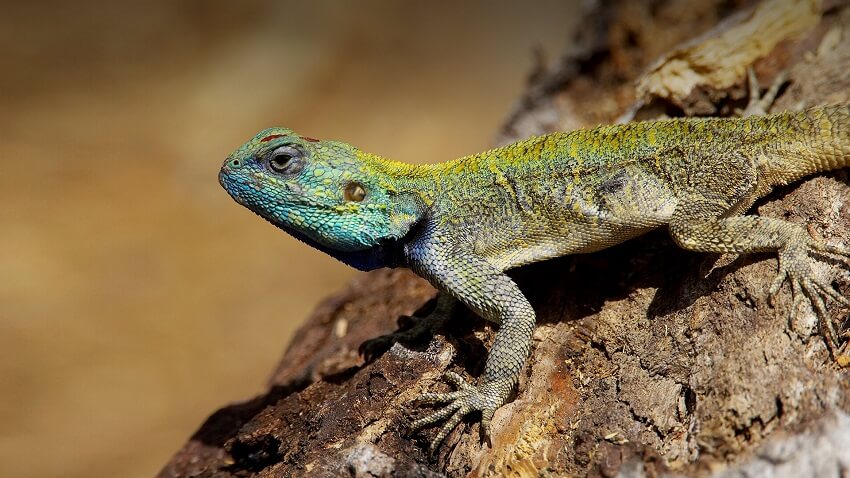
1.7. Bat
Bat venom is one of the most advanced areas of research on animal venom for human use. A research team at the University of Queensland discovered that vampire bat venom contains a peptide that regulates blood pressure, which could help treat several conditions, including heart failure, hypertension, and kidney disease.
According to researchers, the peptide is a mutated form of calcitonin gene-related peptide (CGRP), which the body uses to dilate blood vessels. Since the condition of blood vessels is directly related to cardiovascular health, these properties in bat venom could be a promising therapy for people with cardiovascular problems if the final research results are favorable.
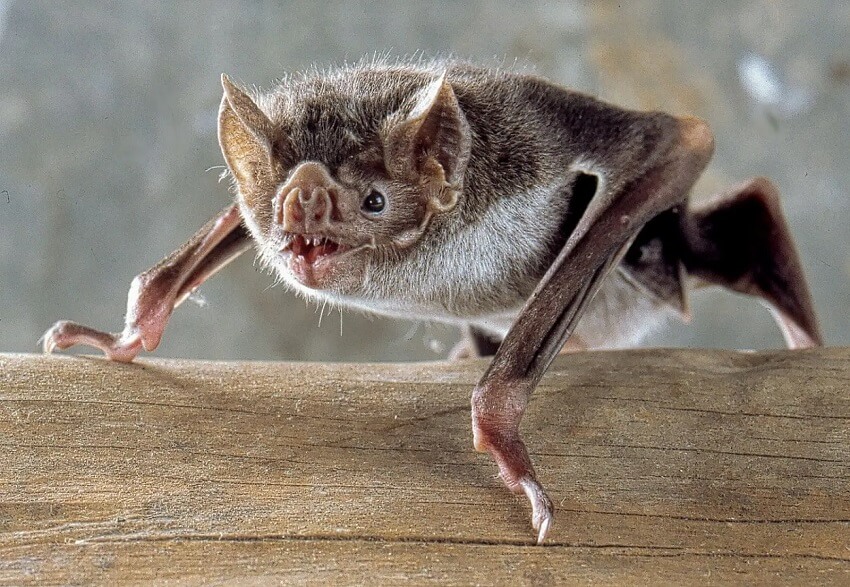
1.8. Jellyfish
One of the biggest fears for people swimming in the sea is being stung by a jellyfish. However, a 2017 study showed that after laboratory testing, jellyfish venom has been proven to have anti-cancer properties. Although the use of jellyfish venom as medicine has not been studied as much as other animals, scientists have been showing more interest in them in recent years.

2. FAQs
1. How is Indian cobra venom used to treat arthritis?
In experiments on arthritic mice, small doses of cobra venom helped reduce swelling and joint stiffness by inhibiting the breakdown of collagen in the joints.
2. How does scorpion venom actually help treat cancer?
Scorpion venom is being studied for its ability to target cancer cells without harming healthy ones. One of the applications it’s being developed for is the treatment of glioblastoma multiforme (GBM), a dangerous form of brain cancer.
3. Does bee venom have any medical benefits beyond causing pain?
Yes. Bee Venom Therapy (BVT) has long been used to support the immune system and treat arthritis, Lyme disease, asthma, eczema, and some tumors when used correctly.
4. Can spider venom help with chronic pain or replace opioid drugs?
Venom from spiders, especially the Australian funnel-web spider and some tarantula species, is being researched as a non-addictive alternative to opioid painkillers for treating chronic pain.
5. How are the Gila monster and its venom used in diabetes treatment?
The Gila monster’s venom contains a hormone that can stimulate insulin production, which helps control blood sugar for patients with Type II diabetes. Drugs like Byetta were developed from this research.
3. Conclusion
Although venom is often seen as a sign of danger, modern medical research has shown that it is a priceless source of medicine. From pain relief and cancer treatment to diabetes support and immune system enhancement, the venom of animals like snakes, scorpions, bees, spiders, and lizards is opening up new treatment avenues. With proper knowledge and scientific application, we can harness the benefits of these “natural weapons” while ensuring human safety.
We hope this article, “Venom Used in Medicine: 8 Deadly Creatures Helping to Save Lives” from Know All Animals has provided you with useful knowledge about venom that can be beneficial for treating diseases. Thank you for reading.



